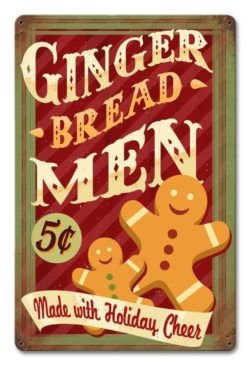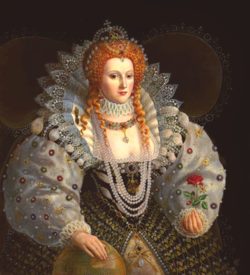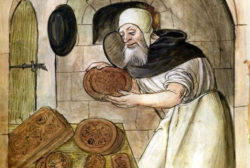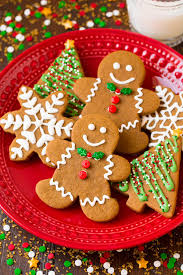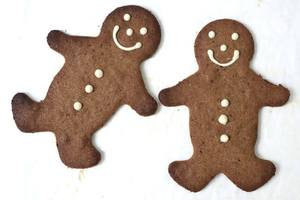
When you think about gingerbread at Christmas, probably the first thing that comes to mind is the flat, spicy cookie that is made into men whose heads you bite off! Did you ever wonder why “gingerbread men” are shaped like men in the first place? The answer can be traced back hundreds of years.
Queen Elizabeth I, who reigned from 1558-1603, is credited with the invention of the gingerbread man. (I am not kidding!) She loved throwing lavish royal dinners that included things like marzipan shaped like fruit, castles and birds. But, the Queen’s court also included a royal gingerbread maker. (More about these bakers a little later.) Elizabeth delighted in having her gingerbread maker bake gingerbread men made in the likenesses of visiting dignitaries and people from her court. I wonder if these gingerbread men were placed on a serving platter to allow guests to choose any one they wanted. Just imagine the satisfaction of biting off the head of someone you really did not like!
But, the Queen wasn’t the only person eating gingerbread men. Taking their lead from the Queen, gingerbread men were often handed out by folk medicine practitioners (often known as magicians and witches). These gingerbread men were created as “love tokens” for young women. The idea was to get the man you’d like to marry to eat the gingerbread man! Tadah! A trip down the aisle was in your future! Well that was what the magician/witch told you. A contemporary to Elizabeth was none other than William Shakespeare. In Loves Labor’s Lost, he wrote this, “An I had but one penny in the world, thou shouldst have it to buy gingerbread.” I guess William really liked gingerbread.
So, how did gingerbread cookies become something to eat around the holidays? Through the ages, gingerbread was sacred and only specific bakers, all men, were given the exclusive rights to baking it. These men all belonged to baking guilds. The only time during the year that gingerbread was allowed to be made by the general public was during Christmas and Easter. So, that’s most likely why it’s seen as a Christmas food. It’s all in the timing! Once an association is established, it’s nearly impossible to change it. Eating gingerbread at Christmas might also be associated with the medicinal properties of the ginger root. It was believed that eating spices heated you up in the winter. Another explanation may be related to overeating during the holidays. Ginger is good at taming upset stomachs. Remember when you were a kid and you were given flat ginger ale when you had an upset tummy?
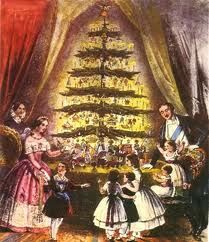

The popularity of gingerbread cookies and houses spread to colonial America. Recipes for the treat varied from region to region, depending upon what immigrants settled there. In 1848, it is said that Queen Victoria and her German-born husband Prince Albert, brought gingerbread cookies into the mainstream when they included them in with other German Christmas traditions they adopted and promoted as family centered traditions, like decorating a Christmas tree and the Yule log. It was during this time that gingerbread cookies became associated primarily with the Christmas holiday.
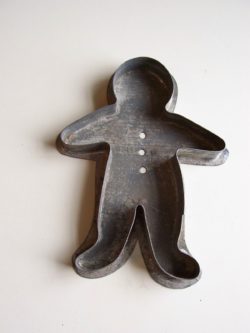
The development of tin cookie cutters in the mid-1800s also helped to establish gingerbread cookies in many kitchens and breathed new life into the tradition of gingerbread. The new cookie cutters proclaimed the end of the long-established and complicated cookie board used primarily in bakeries. Soon, these shaped cookies began to appear as ornaments on trees and as gifts for family and friends.
Today, gingerbread cookies are as popular as ever, becoming an established Christmas tradition in America. If reading this blog post has made you hungry for gingerbread men, perhaps you are off to make some for yourself. I have the perfect idea for enjoying them after baking them. Why not sit down with your favorite beverage and The Glow magazine? What a great combination!

